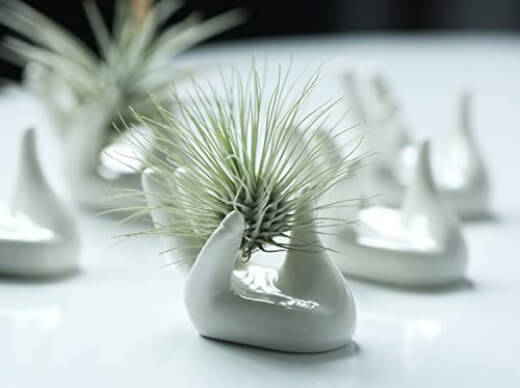It’s not easy to keep curious pets away from houseplants, but you can keep them safe by having non-toxic indoor plants. Cats and dogs eat or nibble on plants for various reasons and sometimes, they are just playing.
Most pets don’t require much supervision; however, you can put them in harm’s way by having the wrong houseplants. They might look good, but might be fatal for your cat or dog when ingested.
More...
Non-Toxic Indoor Plants Safe for Pets
You can’t stop your cat from chewing on your houseplants, but you don’t have to worry about this if you only have safe plants.
Below are some plants to choose from; these plants might have other names, so it’s wise to familiarize yourself with them.
1. Air Plants (Tillandsia)
If you have tillandsias, you might be wondering if they are safe for your furry friends. Air plants are safe and cause no harm to your pets. Air plants are non-toxic houseplants that are decorative, low maintenance, and do not need soil to thrive.
Although air plants are safe, you need to protect the garden. You can keep these houseplants in a terrarium and close it partly to allow air circulation.
Displaying your air plants like this makes your home appealing and keeps your cat away. You can also place it on a shelf to keep the dog away.
You can also grow your tillandsias in a hanging terrarium where pets can’t reach or use their paws or use an old frame and chicken wire to build a living frame for your air plants.
Driftwood also makes a beautiful decoration for mounting your tillandsias. Although they are non-toxic to domestic animals, different animals have unique reactions to ingesting various things so take precautions to keep your tillandsias away from your cats.
2. Spider Plant (Chlorophytum comosum)
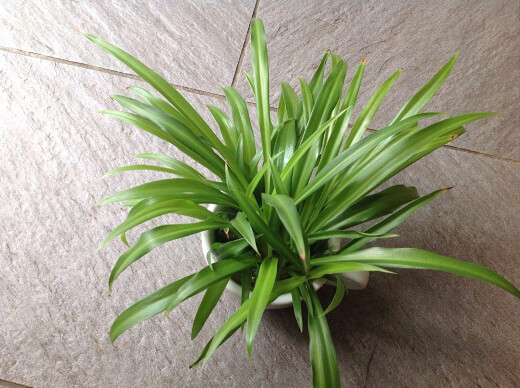
Source: Amazon
Most people have spider plants in their homes because they are low-maintenance, adaptable, and grow in many environments. If you are away for a few days, your spider plant will not die for lack of water, but the tips will become brown.


Get Your Free Guide:
Master Growing Australian Natives eBook
A Must Have Complete Guide for Every Australian Garden
Get Your Free Guide:
Master Growing Australian Natives eBook
A Must Have Complete Guide for Every Australian Garden
Although a spider plant does not produce flowers, its tiny white blossoms make it look pretty. You, however, need to distinguish between different types of Spider plants.
A spider plant also known as spider ivy looks like thin grass blades and the leaves sway downwards; this makes it excellent for hanging around your house.
Spider ivy is safe for domestic animals and many pet owners have this in their homes because it is easy to protect gardens in pots. It is also ideal if you’re looking for non-toxic indoor plants for your furry companions.
3. Staghorn Fern (Platycerium spp)
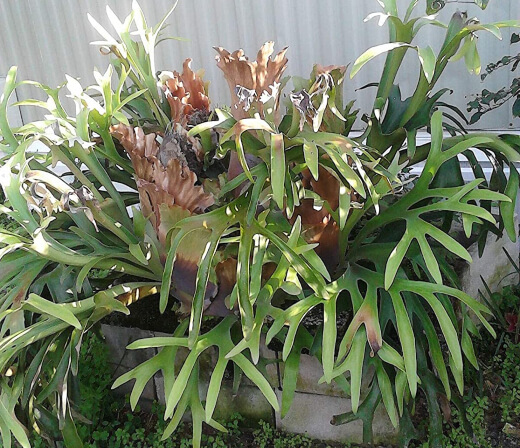
Source: Amazon
Staghorn fern have a unique appearance and look lovely in your home. They have 2 types of leaves with one looking like herbivore horns. Although staghorn fern grow outdoors during warm seasons, they can also grow indoors in other places.
Staghorn fern have a unique appearance and look lovely in your home.
They have 2 types of leaves with one looking like herbivore horns. Although staghorn fern grow outdoors during warm seasons, they can also grow indoors in other places.
The best way to protect garden wood furniture is by mounting this fern in a basket or wooden pot. Staghorn fern are epiphytic; they grow in trees, need moisture, warmth, and sunlight.
Staghorn ferns are non-toxic to your furry companions and they require minimal effort. There are at least 18 types of this fern and they all are safe for your pets. These fern can be sterile (if branched) or sterile (heart-shaped).
Unlike other plants, they reproduce through spores which are dispersed in the air. You have to protect garden insects like scale insects which could damage this fern, also don’t water over the leaves to prevent fungal disease.
4. Boston Ferns
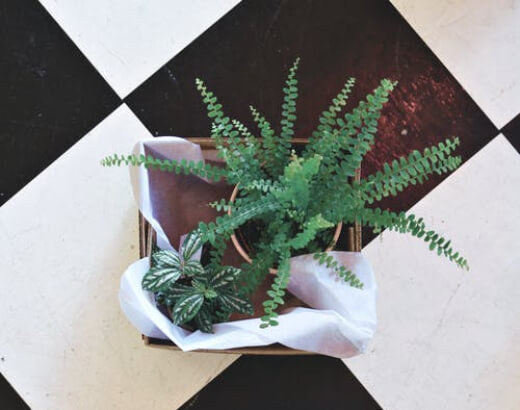
Boston fern (Nephrolepis exaltata) is an eye-catching plant that looks like a feather. These ferns look appealing as house plants and are safe for animals, but they might be more appealing to your cat.
Boston Ferns require additional moisture, especially in winter. As a home maker, you need to take care of everything around the house. You also have to protect garden plants from frost and other elements.
Prevent your fern from drying out by spraying it with mists or keeping the soil damp. Dry soil dehydrates your ferns and they die. Although they are safe for your cat, they need extra care from white flies, mealy bugs, and scale insects.
Make sure that this fern receives adequate indirect light. You need to consider the size of this fern before bringing it to your home. Mount your plant high enough for the cat not to reach; this also gives it an appealing look.
You can also display them on window sills or small pots. Remember to re-pot your ferns when it gets big for its current pot.
For a more comprehensive guide, check out our complete Boston Fern | Australian Growing & Care Guide
5. Herbs
Herbs are good for your health and do not require a large space to grow. As a pet-owner, you ought to do what’s best and healthy for your furry companion.
The good thing about indoor plants is that you don’t have to protect the garden from birds. Some herbs have health benefits for your cat, for instance, catnip which many cats love.
It helps to relieve stress and calm felines and can also be mixed with tea and applied on their furs if they are itchy. Valerian does not only benefit humans but is also suitable for kittens; it acts a stimulant, especially for depressed or tired cats.
Basil is ideal if you have pets; it is a chewy herb great for felines who love to nibble on plants. You can also plant cat thyme in place of catnip. Although this herb has an unpleasant smell cats love it.
6. Prayer Plants
Prayer plants are resilient and they can be mounted or grown in tabletop pots. They get their name from their purple and green leaves that fold upwards at night which looks like praying hands.
They spread as they grow and spread over 8 inches in height. They look lovely in groups on window sills. They are non-toxic for domestic animals and do well in greenhouse-like environments; moist, enough fertiliser, warmth, and gentle airflow.
Too cool or dry environments can make the plant collapse or die from root rot.
7. Ponytail Palm
Ponytail palm (Beaucarnea recurvate) or the Elephant’s Foot is easy to care for and non-toxic to pets. They are ideal for indoors as long as you don’t overwater them. They don’t grow very long and can be transplanted.
Ponytail palm is popular in many homes; its long lush leaves and bulb-like stem make it appealing on display. It is also ideal, especially if you are lazy and forget to care for your plants.
Refer to our guide on how to grow ponytail palm for more info.
8. Baby Tears

These plants are delicate-looking and mimic baby’s tears. They are ideal indoors plants with tiny white flowers and yellow leaves. They are safe for your cats and dogs and thrive in minimal sunlight, marginal light, and shady areas.
They grow nicely in moderate daylight but away from direct light. Water them adequately and keep the container/pot moist, but avoid overdoing it. Being soggy will cause root rot.
Baby tears require care; check the soil moisture, ensure proper circulation, and adequate drainage. Baby tears thrive in high humidity and although pruning is not necessary it improves the arrangement and appearance.
Pruning is necessary if your baby tears grow in a small terrarium.
9. African Violets
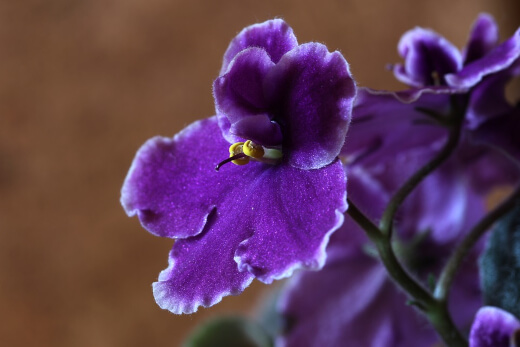
These are the most common indoor flowering plants. Pet-owners; love them because they are non-toxic and appealing. They thrive in low light, average humidity, and moderate temperatures.
You can grow them in pots and display their beauty and elegance. African violets are easy to grow, but you need the right soil. You can make a special combination of soil with perlite, coconut coir, and vermiculite or buy special mixtures.
These plants require extra care; don’t splash water on the leaves, water with tepid or lukewarm water. Proper watering is essential in caring for African violets; never water them when the soil is moist.
Ensure that your plant gets adequate light; African violets with dark green leaves require more light, while growing need moderate lighting. These plants are meant to grow indoors throughout the year, but you can take them out in warm weather.
It is advisable for them to remain indoors away from destructive insects. Like any other plant, remember to choose a healthy African violet from a reputable nursery or grower. The plant should have healthy buds and dark-green leaves.
10. Banana

A banana plant is one of the plants safe for pets, looks beautiful and dramatic. Although they grow in warm climates, they thrive well indoors. It requires enough water and lighting to flourish.
A banana plant has purple buds that sprout white flowers and broad leaves. Some banana plants produce fruits, while others don’t. You have to choose the right plant for your house and pets.
These plants grow taller, so you might consider a dwarf type. Refer to our guide on how to grow bananas for a complete rundown on its growing needs.
Non-Toxic Indoor Plants For Pets Summary
There you have it. 10 houseplants safe for pets. As a pet owner, you want the best for them, from nutrition, grooming, and healthcare. This might not be enough because some indoor plants might be harmful to dogs and cats.
Familiarize yourself with common plants and their names, so you can choose the types that are safe. For more indoor plants options, feel free to check out our best indoor plants and office plants list.
Which indoor plants do you love? And what protective garden tips have worked for you? Please leave a comment.
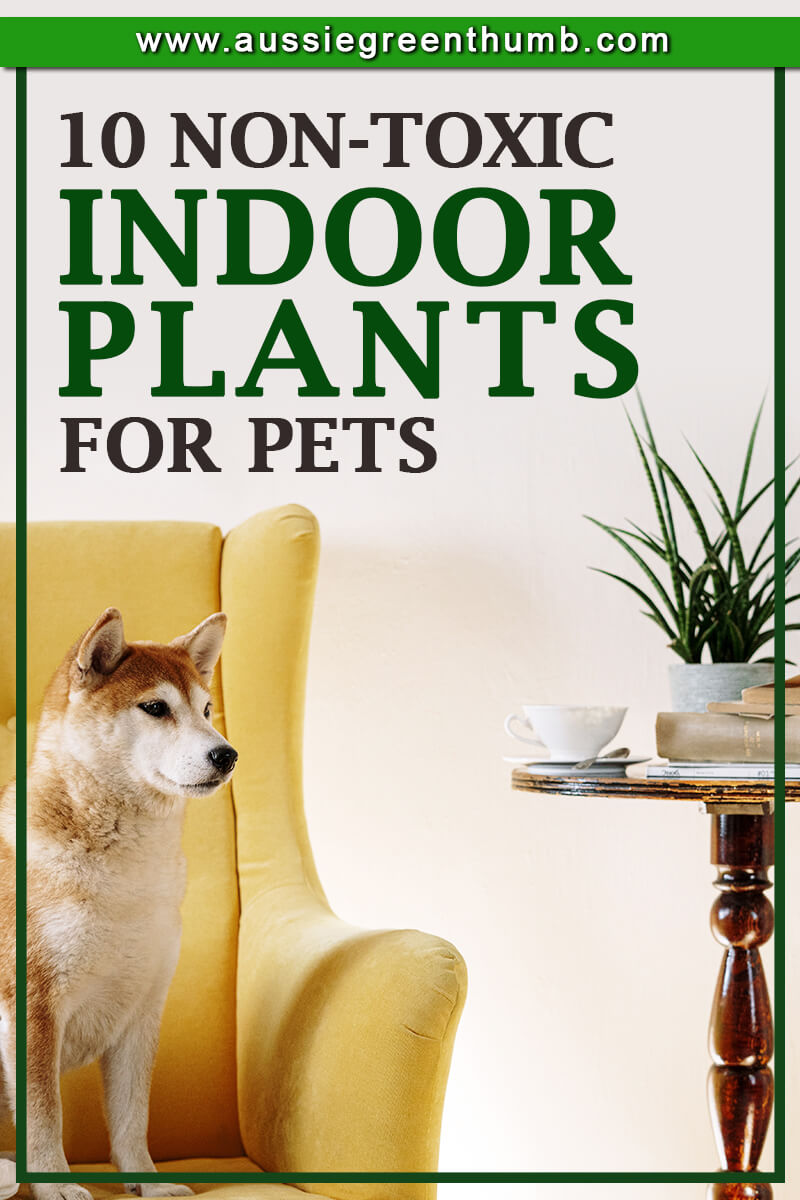
Author’s Bio:
Kevin is a content writer for about 3 years. He studied Design and Arts at College in Pennsylvania. A fan of home interior design and, he has taken it upon himself to spread his love for decorating homes by informing people on some of his ideas through his articles.
Published on September 15, 2020 by Gary Clarke
Last Updated on September 27, 2024

